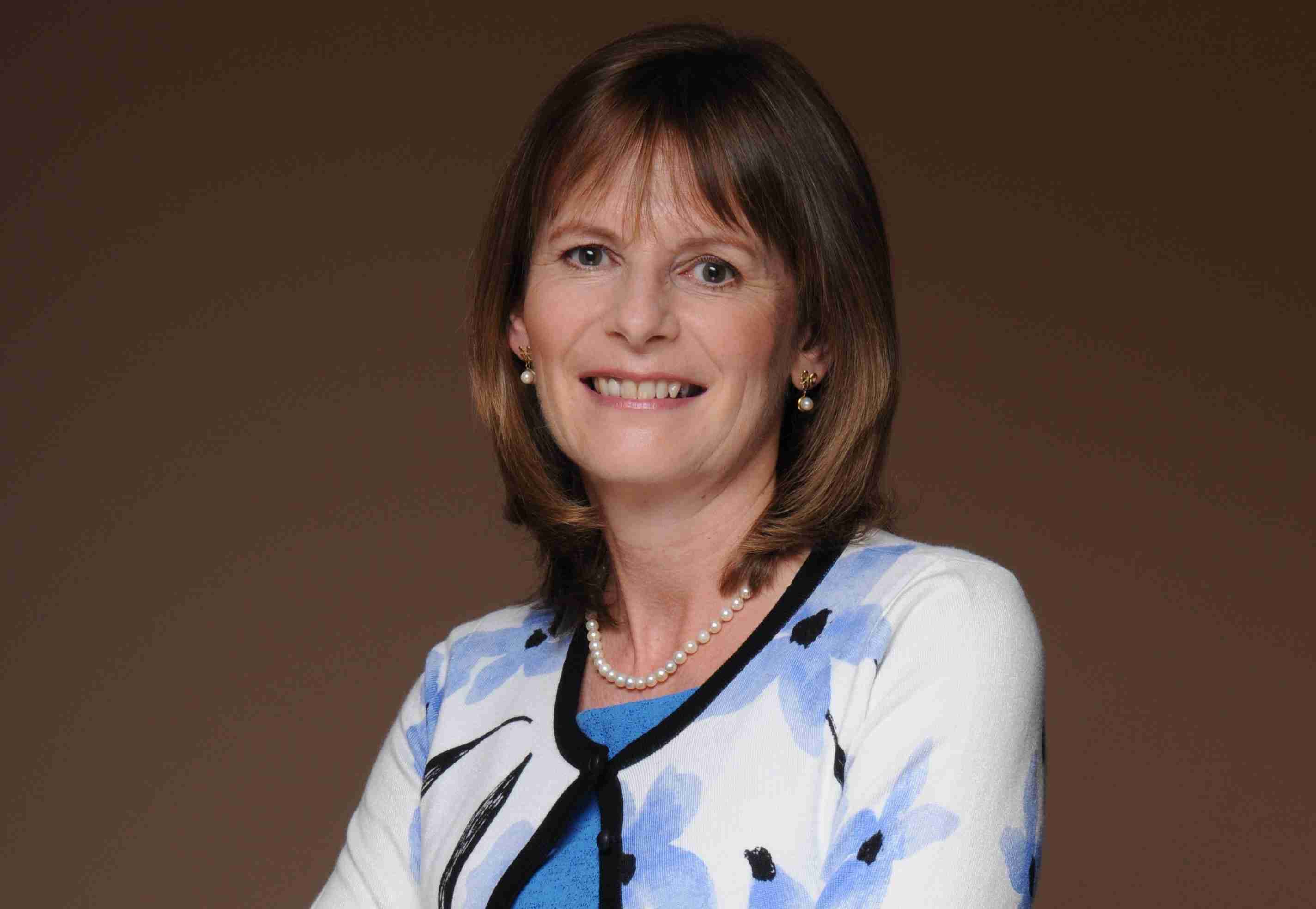A Mallowstreet blog on what needs to be done in 2020 to improve retirement outcomes - Pensions for Purpose
Climate change often causes debate amongst pension fund trustees, members, sponsors and trade unions, whose emotional response to the climate crisis – and what to do about it – can put the trustees in conflict with their fiduciary responsibilities. Karen Shackleton suggests a more holistic framework.
Only members with restricted access (ie. academics, asset owners, government and regulatory, independent advisers/trustees and sponsoring employers) can view this article.
Please login or join to view.

 This blog is reproduced with Mallowstreet's permission. The original blog can be viewed here on the Mallowstreet platform.
This blog is reproduced with Mallowstreet's permission. The original blog can be viewed here on the Mallowstreet platform.
Not a day goes by without the press reporting on climate change. For some time, scientists have been warning that this global crisis will compromise our survival on earth if we do not act quickly and effectively.
This has led to an often-heated debate amongst pension fund trustees, members, sponsors and trade unions, whose emotional response to the climate crisis – and what to do about it – can put the trustees in an apparent conflict with their fiduciary responsibilities.
Whilst a whole article could be penned on the potential financial implications of climate change for a pension fund, without a crystal ball perhaps a better way forward is to consider a more holistic framework that allows trustees to have a meaningful discussion about their beliefs, considered through an investment lens.
A good place to start is PRI’s: “How asset owners can drive responsible investment: beliefs, strategies and mandates”. The first step, “understand the investment environment” includes an assessment of the legal and regulatory framework. The second step, “define investment goals”, relates to a review of, for example, the recovery period, the funding deficit, the approach to risk management. It makes sense for trustees to remind themselves of these goals for their fund, before considering the third step (“defining investment beliefs”).
Investment beliefs will be different from fund to fund. Many pension funds will already have a set of investment beliefs, but historically, these have tended to focus on the financial goals of the pension fund. This is a good opportunity to review the financial beliefs, at the same time as introducing the new ESG beliefs.
As trustees start to think about ESG beliefs, articulating the investment thesis underpinning the UN’s Sustainable Development Goals can be a useful tool. The SDGs were drawn up to help governments address world issues. Not all of these necessarily have a strong investment thesis. Trustees should be asking the question, ‘Is there a strong investment case for tilting my portfolio towards investments that will address this SDG?’
That investment case may be articulated either as an opportunity for an enhanced return or as a need for risk mitigation. For example, investing in a company that is developing smart technology for homes (targeting SDG 11) might result in a return opportunity. Investing in a low carbon passive fund and so avoiding the risk of stranded assets in fossil fuel company investments (targeting SDG 13) would result in risk mitigation.
By discussing the investment opportunities and risks underpinning each SDG, trustees should be able to identify the top four or five that are likely to have the biggest impact on the portfolio. Zero hunger (SDG 2), for example, has a weaker investment thesis than climate action (SDG 13).
Once the top SDGs have been prioritised, simple belief statements for each SDG can be agreed, supported by the agreed investment thesis. For example, aligning to SDG 13 could have a belief that states, quite simply: “Climate change and the response of policy makers has the potential to have a serious impact on financial markets.”
The trustees could then feed their beliefs into the investment strategy (step 4 of the PRI seven steps) and agree how best to align their portfolio with that investment belief, or SDG priority, for example, by continuing to engage as an active shareholder, or by deciding to move to a low carbon passive equity fund, or by allocating to a renewable energy infrastructure fund.
Why will this improve retirement outcomes? The world we live in is a fragile one, with limited resources. By investing responsibly, by responding to global challenges and by trying to invest in opportunities that have a positive impact on the world - whilst not losing sight of fiduciary duties – the trustees will absolutely be contributing to improved retirement outcomes for all the members of the fund.
Learn more here